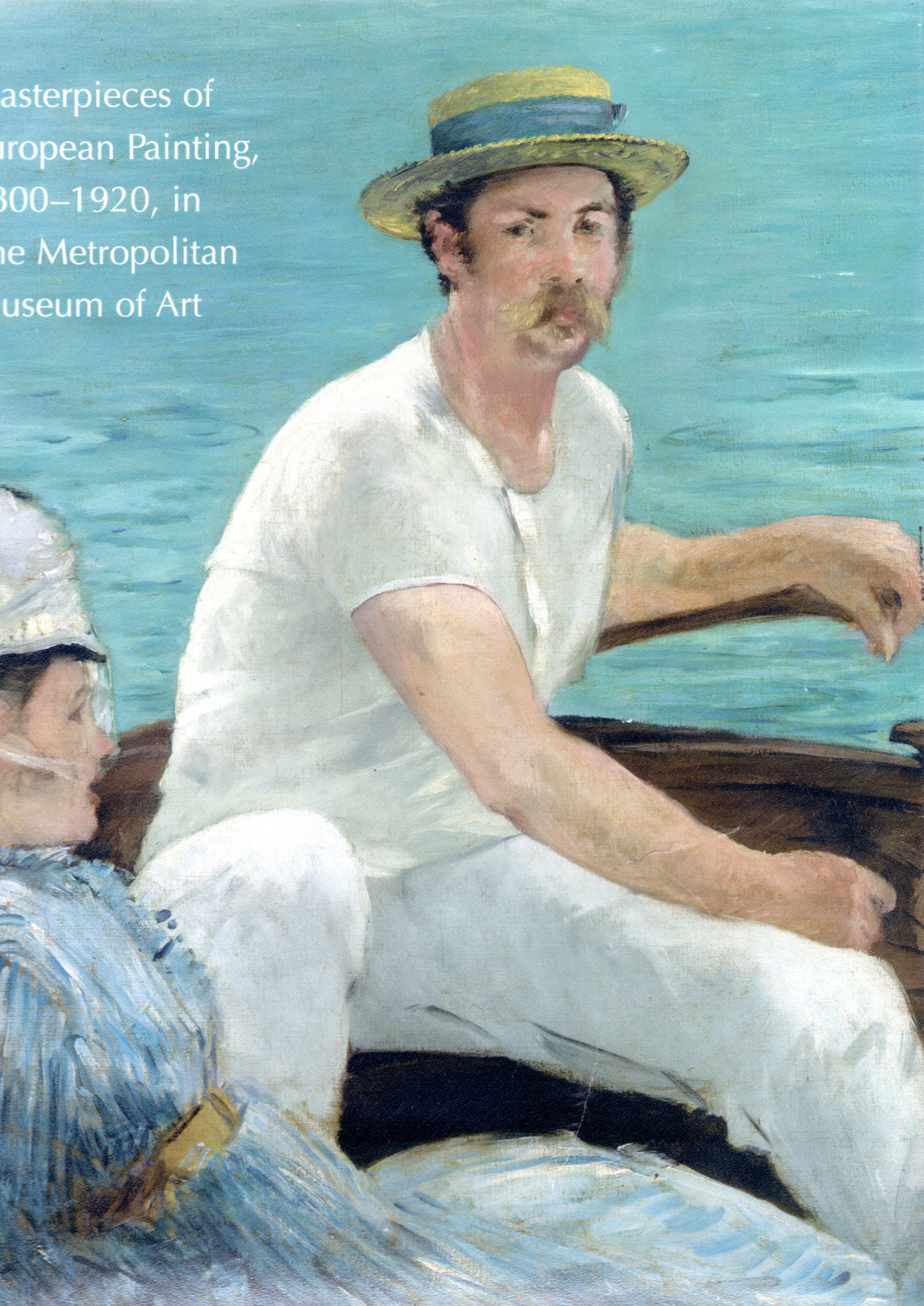
Every great artist has unique artworks that are known and loved all over the world. But the most important thing is that they have always inspired millions of people for creative daring and new creative discoveries.Įach era gave birth to its own Genius, its great creator, whose name and masterpieces will forever remain a role model, even through the centuries. These artworks set the tone for artistic movement, established fashion trends of their time, dictated a new style and new artistic values.
#Art master pieces free#
King Felipe VI and Queen Letizia will inaugurate the Gallery June 28, after which it will be open to the public, free of charge for the first few days.Among the works of art ever created by human hands, there are those masterpieces that have left their mark on the history of mankind forever. “What we want to do is capture them as soon as they enter, and I think we are going to do that,” she said. Ruiz says the novelty of seeing such artistic beauty in such a modernist building will appeal to visitors. But it took another 25 years, 172 million euros ($186 million) and several government changes before the ambitious project could be finished.

Two decades after Franco’s death and the return to democracy, the initiative for a museum was taken up again in 1998. Francisco Franco and other Catholic Nationalist officers that started the three-year Spanish Civil War and heralded in some four decades of dictatorship at its end in 1939. The republic was flattened during a rebellion by late dictator Gen. The leftist government seized the royal properties but protected them under a new agency that preceded the Patrimonio Nacional. The initial idea of building a museum to house the Crown’s collections arose during Spain’s anti-monarchy Second Republic between 19. Álvaro Soler Del Campo, archaeologist and Chief Curator of the Royal Armory, says Madrid “is the only current capital of the European Union that preserves a fragment of its first (founding) walls” as well as being the only European capital city that has Islamic origins. Following the reconquest of Spain by the Catholic monarchs, Madrid was converted into Spain’s royal court and capital in 1561 by Felipe II. Madrid was originally called Mayrit in Arabic and its Islamic rulers built a fortress to protect the nearby center of power, Toledo. What makes the Gallery particularly special is its incorporation of Madrid’s ninth century Islamic foundation after archeologists came across part of the city’s Moorish wall during construction. The painting is one of the just four Caravaggios in Spain. Nearby, the light and facial expressions in Caravaggio’s 1607 “Salome with the Head of John the Baptist” are equally captivating. One standout piece is Velázquez’s “White Horse,” rearing up and without a rider, suggesting the court painter was just waiting to be told which king to put in the saddle. Ruiz says the Gallery will offer visitors a unique vantage point of “the history of the Royal Palaces that are fundamental to the history of Spain and the world.” A third of the works will be replaced with new exhibitions each year.

Also featured will be some pieces from the world’s best tapestries collection as well as ancient carriages and royal furniture. The inaugural exhibition will feature 650 of the more than 150,000 pieces Patrimonio Nacional manages, including works from Velázquez, Goya, Caravaggio, Titian and Tintoretto.

Now, Patrimonio Nacional oversees palaces, monasteries, convents, and royal gardens across the country.įor Gallery director Leticia Ruiz, bringing together such a variety of extraordinary pieces makes it something of “a museum of museums.”

Unlike many other monarchies, Spain’s Royal Collections do not belong to the crown but to the public, thanks to a historical twist nearly a century ago. “This is the biggest museum project in Spain in decades, and also in Europe”, says Ana de la Cueva, President of the Patrimonio Nacional, a government body that runs the Gallery. The swanky new museum will feature master paintings, tapestries, sculptures, decorative art pieces, armory and sumptuous royal furniture collected by Spanish monarchs over five centuries, spanning the empire’s Hapsburg and Bourbon dynasties. MADRID (AP) - It’s not as if Madrid was short on world-ranking galleries with the likes of the Prado Museum, the Thyssen-Bornemisza and the Reina Sofía, among others.īut next month, Spain is set to unveil what is touted as one of Europe’s cultural highlights of the year with the opening in the Spanish capital of The Royal Collections Gallery.


 0 kommentar(er)
0 kommentar(er)
